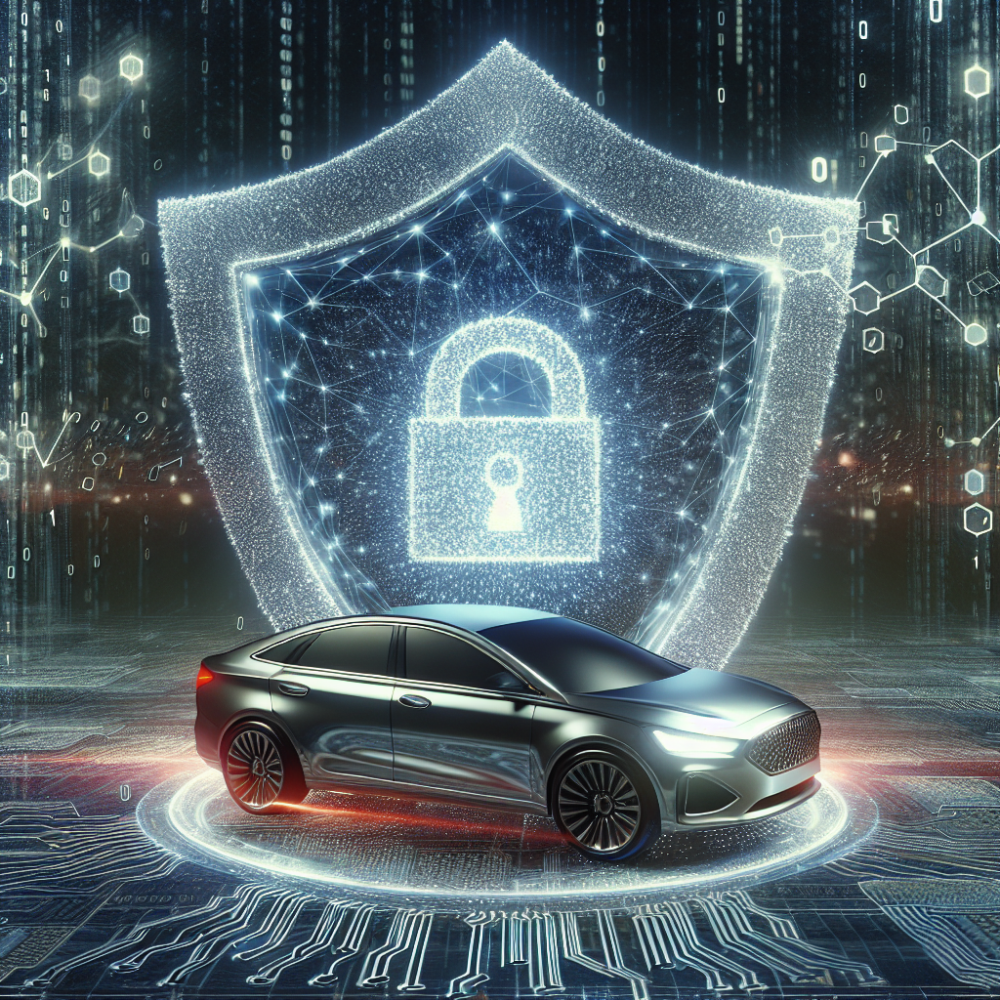The Intersection of Digital Protection and Auto Coverage

Posted on: Saturday, March 2nd, 2024
In an era where the distinction between the digital and physical worlds is increasingly blurred, understanding the convergence of cybersecurity and car insurance has never been more crucial. As vehicles become more connected through IoT devices, the vulnerabilities against cyber threats also grow, affecting both the safety of the drivers and the responsibilities of insurers. Nowadays, insurance companies are not only evaluating traditional risks but also incorporating cybersecurity measures to safeguard against digital attacks. This guide explores how cybersecurity is reshaping the landscape of car insurance, highlighting the importance of digital vigilance in the age of connected cars.
First and foremost, it's essential to recognize how interconnected vehicles elevate the risk of cyberattacks. Modern cars are equipped with advanced technologies such as Bluetooth, Wi-Fi, and vehicle-to-everything (V2X) communication, making them a target for hackers. These digital intrusions can compromise personal data, manipulate vehicle functionality, and even endanger lives. Consequently, cybersecurity has become an integral component of automotive safety, leading insurers to adjust policies and premiums based on the cyber resilience of vehicles.
Moreover, the rise of autonomous vehicles introduces a new layer of complexity in cybersecurity concerns. With self-driving cars relying heavily on software to operate, the potential for cyberattacks increases exponentially. This scenario demands a robust cybersecurity framework to protect against unauthorized access and ensure passenger safety. Insurance companies are therefore not only assessing physical damage risks but also evaluating the cybersecurity posture of autonomous vehicles to structure their insurance offerings.
The integration of cybersecurity measures into car insurance policies is now a necessity. Insurers are incentivizing drivers and manufacturers to adopt advanced security technologies through reduced premiums for vehicles with superior cyber protection. This approach encourages the automotive industry to prioritize cybersecurity, leading to a safer digital and physical driving environment. Additionally, insurance products are evolving to include cyber threat coverage, addressing data breaches, ransomware attacks, and other cyber-related incidents.
Furthermore, regulatory bodies are playing a pivotal role in shaping the future of cyber-secured cars and associated insurance products. Governments and international organizations are introducing guidelines and standards for automotive cybersecurity, directly impacting insurance policies and coverage options. This regulatory framework aims to establish a minimum cybersecurity baseline for all connected vehicles, ensuring a unified approach to tackling digital threats in the automotive sector.
In conclusion, the symbiosis between cybersecurity and car insurance is a testament to the changing dynamics of vehicle safety and protection. As digital threats evolve, so too must our approach to insuring and securing our vehicles. This dual focus on digital and physical safety underscores the importance of staying informed and proactive in an ever-connected world. The future of car insurance will increasingly hinge on the ability to effectively counter cybersecurity risks, protecting not just the vehicle, but the data and privacy of its occupants.